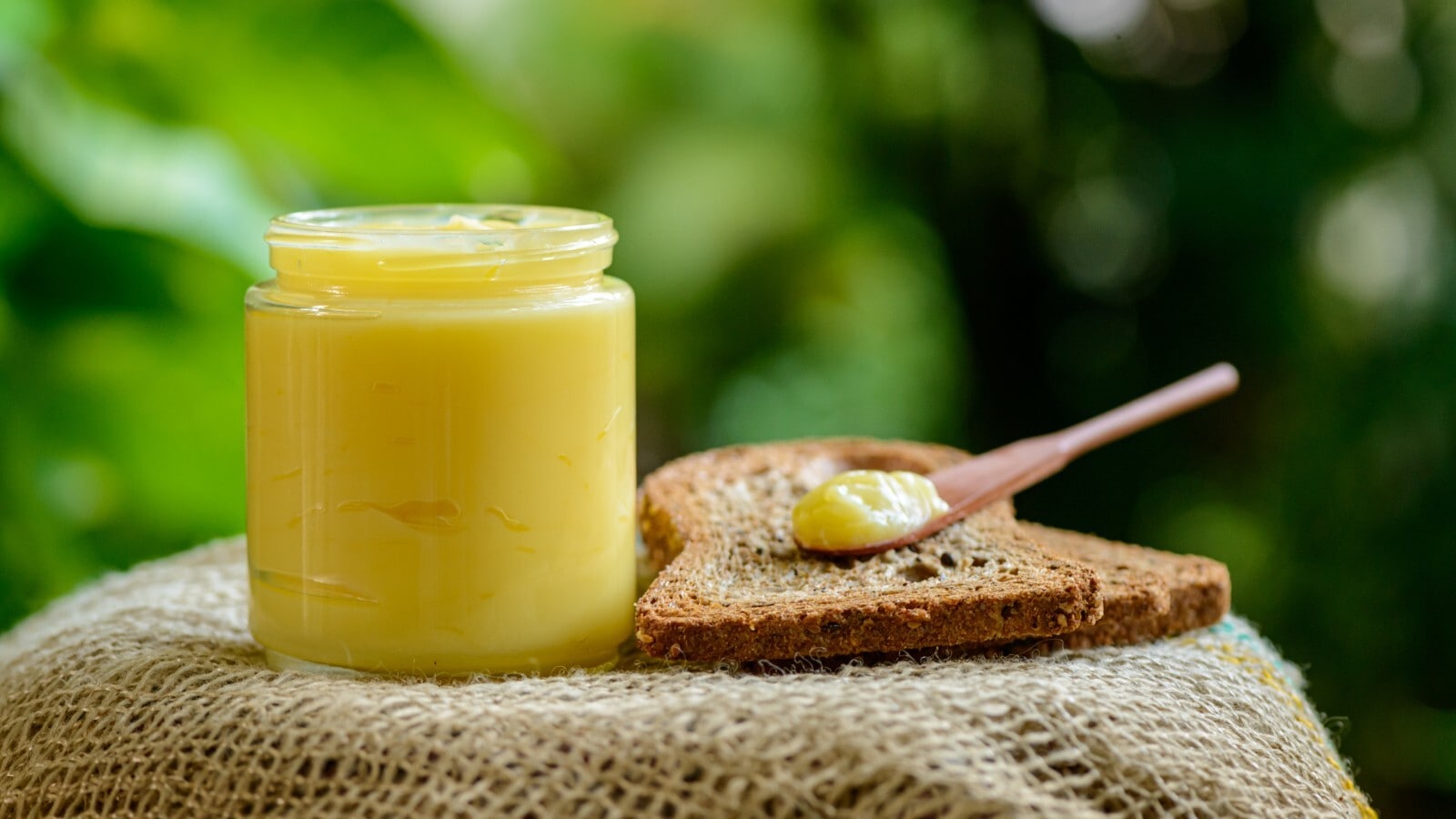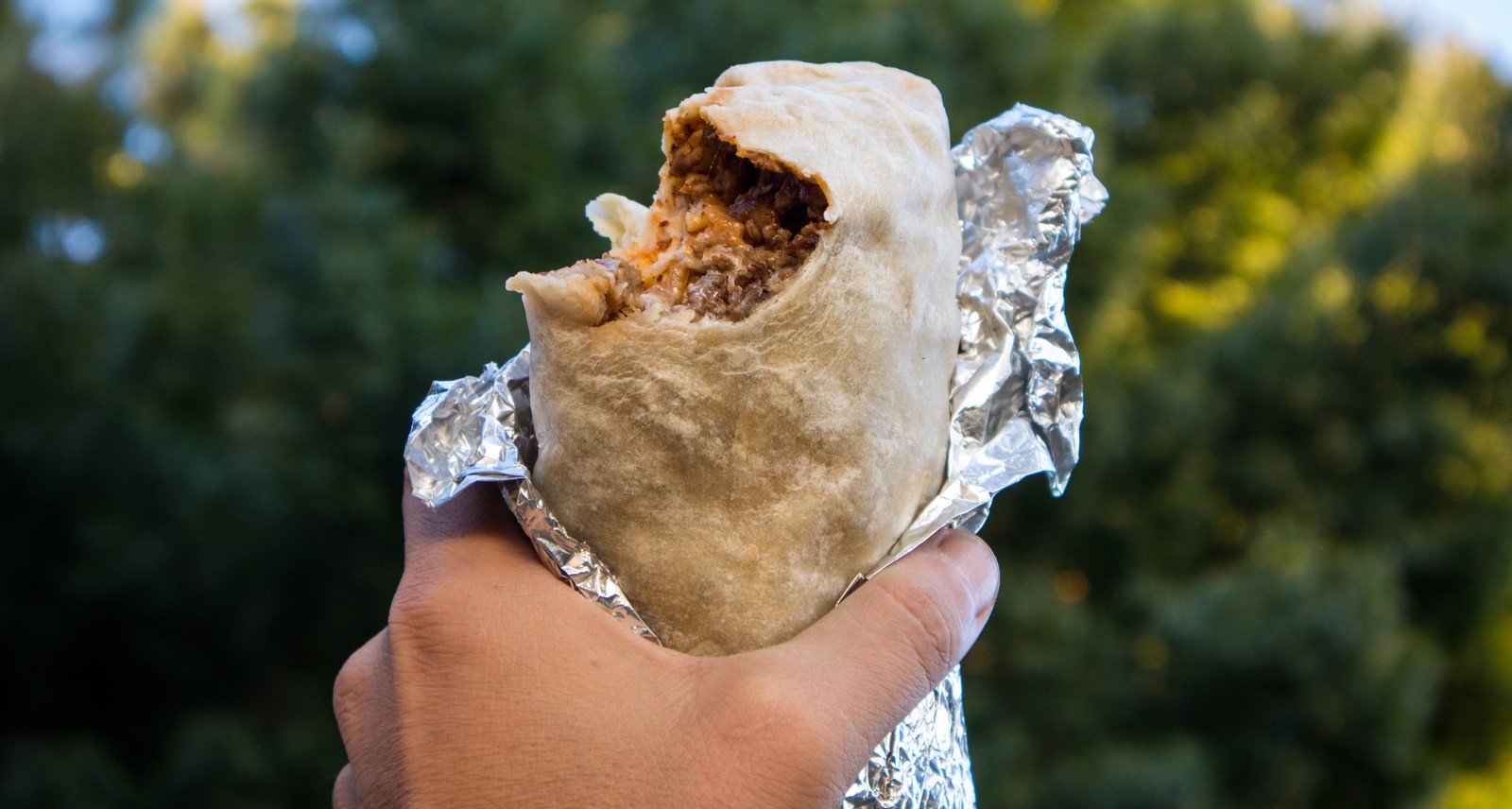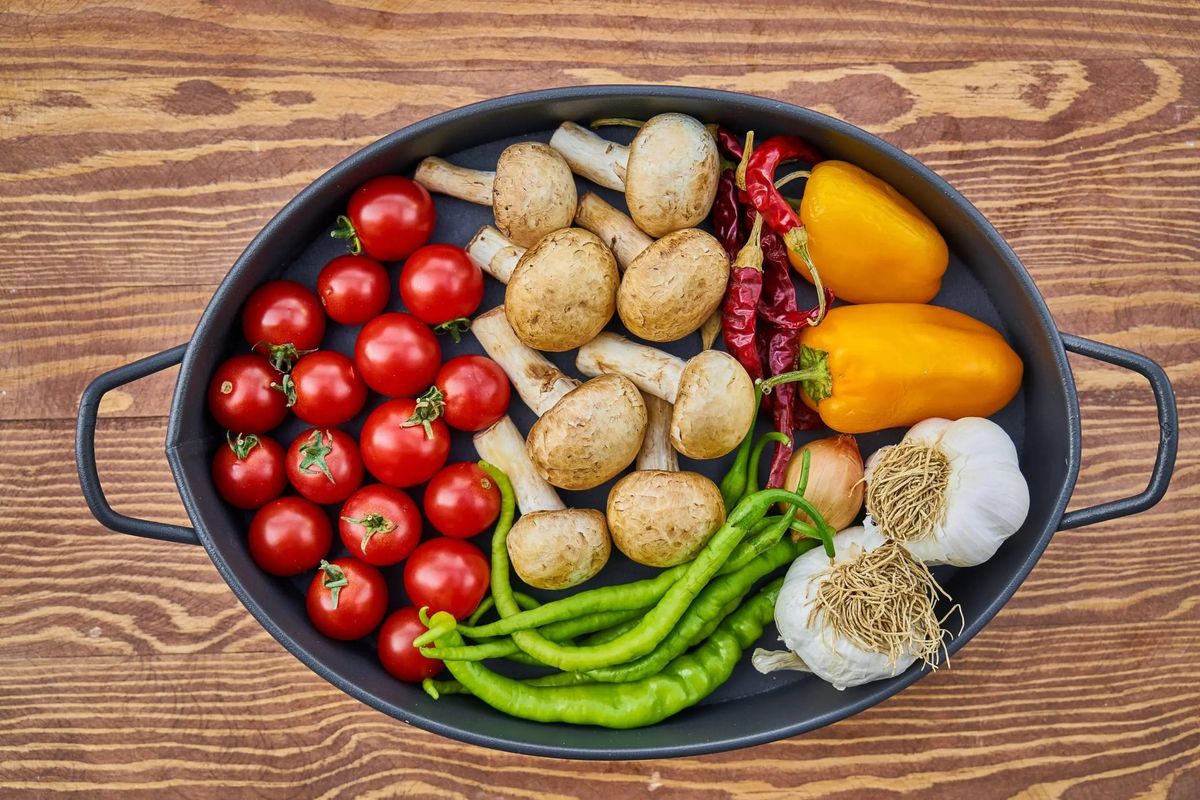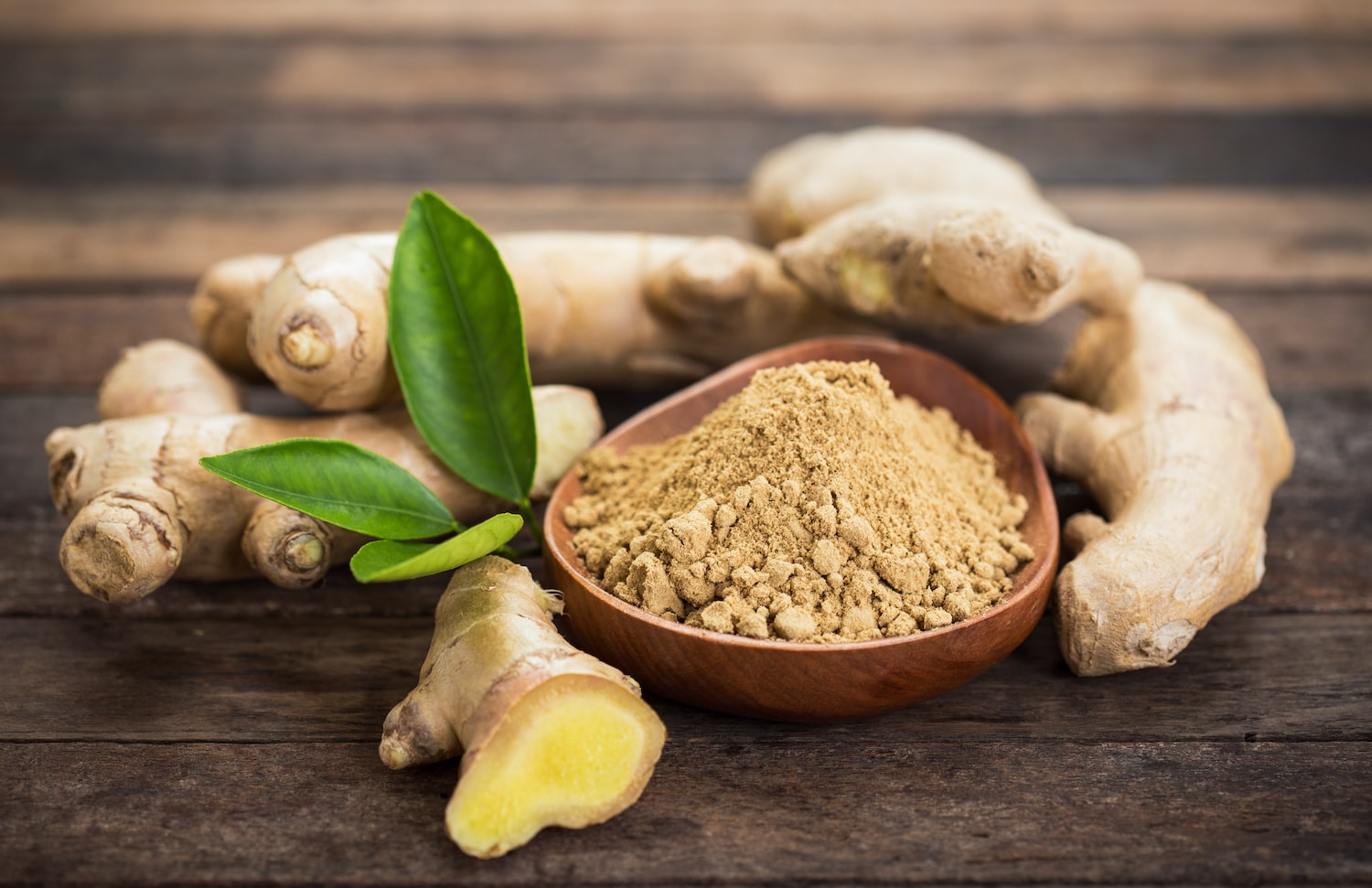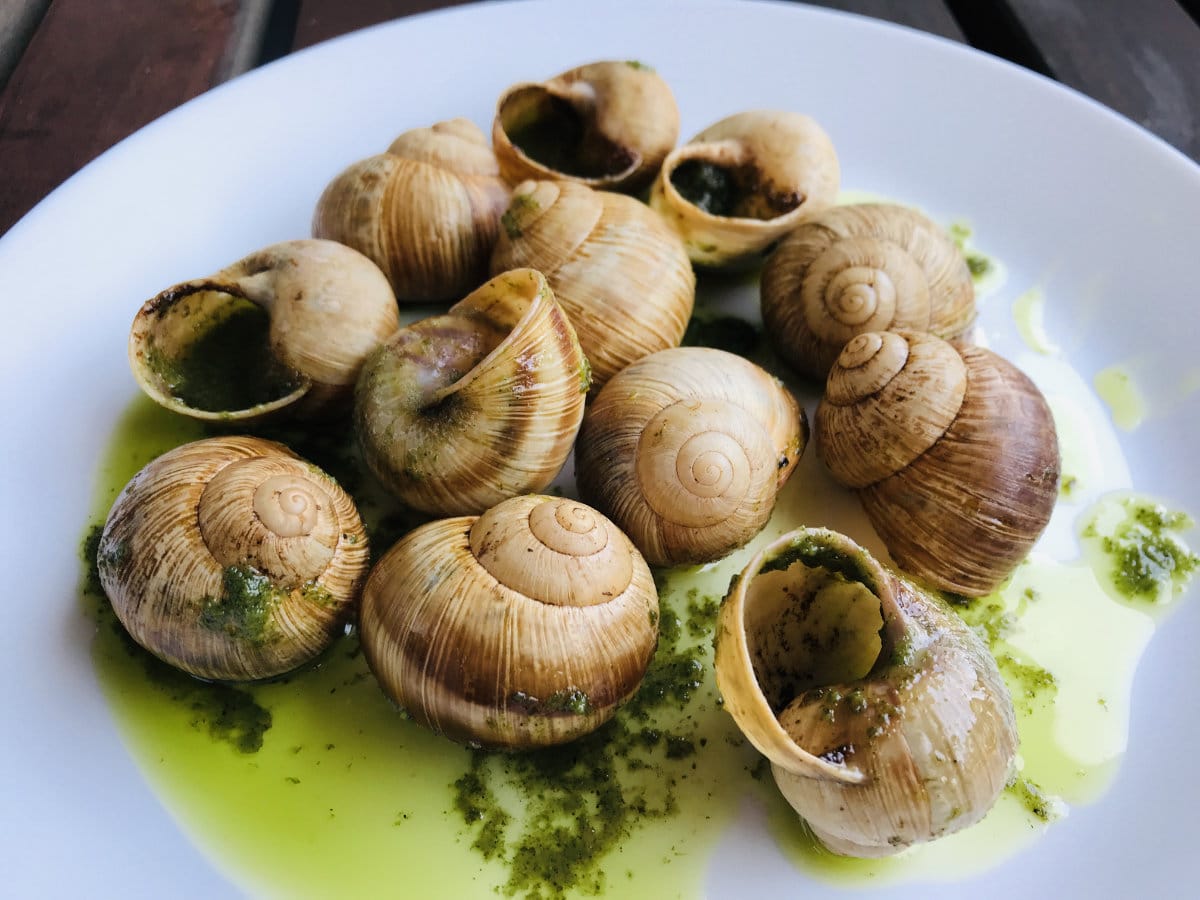Understanding Doshas and Eating for Balance
When it comes to maintaining a healthy lifestyle, the ancient Indian practice of Ayurveda offers valuable insights into the connection between diet and well-being. According to Ayurveda, each person has a unique mind-body constitution, or dosha, which is made up of three energies: Vata, Pitta, and Kapha. While most individuals have a dominant dosha, it’s also possible to have a combination of two or even all three doshas. Understanding your dosha can help you make informed choices about the foods you eat to maintain balance and harmony within your body.
Eating for Multiple Doshas
For individuals with a dual or triple dosha constitution, it’s important to create a diet that supports all of the doshas without aggravating any one of them. Here are some tips for eating for more than one dosha:
1. Embrace Variety
Since each dosha has its own unique qualities, it’s important to include a wide variety of foods in your diet to cater to the needs of each dosha. Incorporate a diverse range of fruits, vegetables, grains, and legumes to ensure that you are providing nourishment for all of your doshas.
2. Focus on Balance
When planning your meals, aim to create a balance of tastes and qualities that align with the characteristics of each dosha. For example, if you have a Vata-Pitta constitution, you may want to include warm, grounding foods to pacify Vata, while also incorporating cooling foods to balance Pitta’s fiery nature.
3. Mindful Eating
Practicing mindful eating can help you tune into your body’s needs and make conscious choices about the foods you consume. Pay attention to how different foods make you feel and adjust your diet accordingly to maintain equilibrium among your doshas.
Sample Meal Ideas
Creating meals that cater to multiple doshas can be an enjoyable and creative process. Here are some sample meal ideas that incorporate a balance of tastes and qualities:
1. Quinoa Salad with Avocado and Mango
- Quinoa provides a nourishing and grounding base, ideal for pacifying Vata.
- Avocado offers healthy fats and a cooling nature, beneficial for Pitta.
- Mango adds sweetness and a touch of warmth, balancing Kapha's heavy qualities.
2. Stir-Fried Tofu and Vegetables
- Tofu offers a source of protein and can be seasoned with warming spices to support Vata.
- Colorful vegetables provide a variety of nutrients and can be cooked with cooling herbs to soothe Pitta.
- A light, flavorful sauce can be added to enhance the dish without aggravating Kapha.
Conclusion
By understanding the unique qualities of each dosha and making conscious choices about the foods you eat, it’s possible to create a diet that supports multiple doshas. Embracing variety, focusing on balance, and practicing mindful eating are key principles to keep in mind when eating for more than one dosha. With a thoughtful approach to nutrition, you can nourish all aspects of your mind-body constitution and promote overall well-being.
For those looking to balance multiple doshas, there are a variety of recipes to try that cater to different tastes and nutritional needs. The Lentil and Vegetable Stew is a hearty and grounding option, perfect for a comforting meal. Meanwhile, the Quinoa Salad with Avocado and Mango offers a refreshing and light contrast, ideal for a summer lunch. For a satisfying dinner, the Chickpea and Spinach Curry provides a flavorful and nourishing choice. If you're in the mood for something grilled, the Grilled Vegetable Kabobs are a versatile and colorful addition to any meal. Lastly, the Spiced Apple and Quinoa Porridge is a warming and energizing way to start your day. These recipes not only offer variety but also ensure that you are nourishing your body in alignment with multiple doshas.
